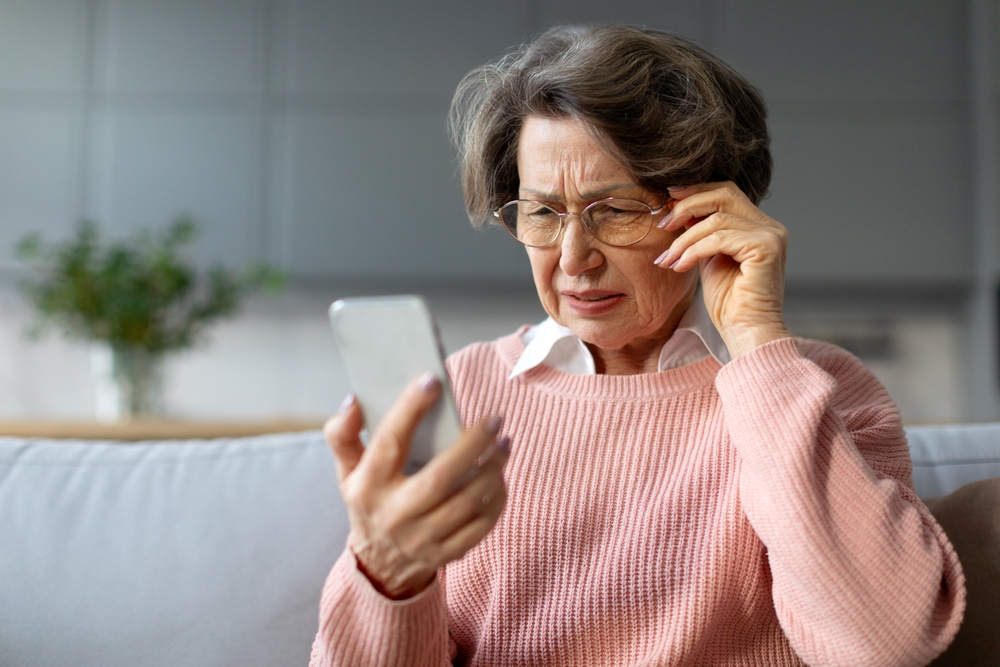
One of the most important choices you must make if you are undergoing cataract surgery is determining what replacement lens is right for you. These lenses are called intraocular lenses or IOLs, and there are many to choose from.
When determining what lens is best, you want to factor in both your vision goals and your budget. Keep reading to learn more about cataract surgery and the types of replacement lenses available!
What is Cataract Surgery?

Cataracts occur when proteins in the lens of the eye break down and start to clump together. As these protein clumps build up, they will begin to cloud your vision.
Many people with cataracts say it is like looking through a frosted pane of glass. Cataracts can also cause symptoms like blurry vision, seeing double, sensitivity to light, night blindness, and changes in color perception.
The only effective treatment for cataracts is cataract surgery. During cataract surgery, the clouded natural lens is removed and replaced with an artificial intraocular lens, commonly called an IOL.
IOLs are made from materials like silicone, acrylic, or polymethylmethacrylate, a synthetic polymer. They are extremely durable and will last a lifetime once implanted.
Artificial IOLs prevent cataracts from ever returning. The protein clumps that cause cataracts cannot adhere to the materials used to make an IOL.
What Types of IOLs Are There?
There are many different types of IOLs. Your eye doctor at Northeastern Eye Institute will help you determine which IOL is best for you.
The two main types of primary IOLs are standard monofocal IOLs and premium IOLs.
Monofocal IOLs
Monofocal IOLs are the standard lens used in cataract surgery. They are typically covered by insurance or Medicare, so there is usually no additional out-of-pocket cost.
Monofocal IOLs restore clear vision and can improve vision at a single distance, either near or far. However, patients who choose this type of IOL will still need to use glasses or contact lenses to see clearly at all distances.
Premium IOLs

Premium, or advanced, IOLs can eliminate or significantly reduce the need for glasses or contact lenses for clear vision at multiple distances. They are usually not covered by insurance or Medicare and are an out-of-pocket cost for cataract surgery patients.
While they are more expensive than a standard monofocal lens, choosing a premium lens can help reduce eye care costs in the long run. The right IOL can save a patient money on new glasses and the ongoing expenses of wearing contact lenses.
There are several different types of premium IOLs, including:
Multifocal IOLs
Multifocal IOLs have multiple zones with different focusing powers, providing clear vision at multiple distances. Depending on the lens, they can improve or fully restore vision at two or more distances.
Toric IOLs
Toric IOLs are specifically designed to correct astigmatism, an eye condition in which the cornea is irregularly shaped, causing refractive errors. Many premium IOLs come in toric versions for people who have astigmatism in addition to being nearsighted or farsighted.
Extended Depth of Focus IOLs
Like multifocal IOLs, extended depth-of-focus (EDOF) IOLs can correct vision at multiple distances but offer a continuous range of focus without overlapping images. The EDOF creates a single elongated focal point that enhances depth of focus.
Accommodating IOLs
An accommodating IOL can improve your vision at multiple distances by mimicking the way the natural lens moves to adjust focus. They are monofocal lenses that use eye movement to correct vision.
Light Adjustable Lenses
Light adjustable lenses are a type of IOL that can be fine-tuned after implantation for customized vision. They are made of a photosensitive material that can be adjusted for power and shape using a special UV light.
Premium IOLs at Northeastern Eye Institute
At Northeastern Eye Institute, we offer a variety of premium lenses for cataract surgery. Our board-certified cataract surgeons can help you choose the best premium lens based on your current eye prescription and individual vision goals and needs.
The premium IOLs preferred by our team of eye surgeons include:
ReSTOR Multifocal Lenses

ReStore multifocal IOLs use concentric rings of different lens powers to provide a full range of vision. These lenses can also help reduce the occurrence of visual disturbances, like halos and glare.
Unlike other lenses, ReSTOR IOLs can be used by patients with presbyopia, or age-related farsightedness.
Tecnis Multifocal Lenses
Tecnis multifocal lenses offer clear vision at both near and far distances. Like the ReSTOR lens, it uses rings of different powers to correct vision.
Tecnis IOLs are better than other IOLs at improving near vision in low-light conditions.
Toric Lens for Astigmatism
Not all IOLs will help those with astigmatism. A high degree of astigmatism can compromise the ability of a non-toric IOL to correct vision.
Both monofocal and multifocal toric lenses are usually more expensive than non-toric versions.
Cataract surgery not only restores clear vision affected by cataracts; it is also an opportunity to improve your vision! Your eye doctor at Northeastern Eye Institute will help you determine which IOL may be best for you based on your vision goals, budget, and lifestyle.
Do you want to learn more about your IOL options? Schedule a cataract evaluation at Northeastern Eye Institute at Scranton, Clarks Summit, Dallas, Forty Fort, Hamlin, Honesdale, Hazelton, Peckville, Montrose, Mountaintop, Pocono Summit, Tuckhannock, Wilkes-Barre, PA, at 570-342-3145 today!